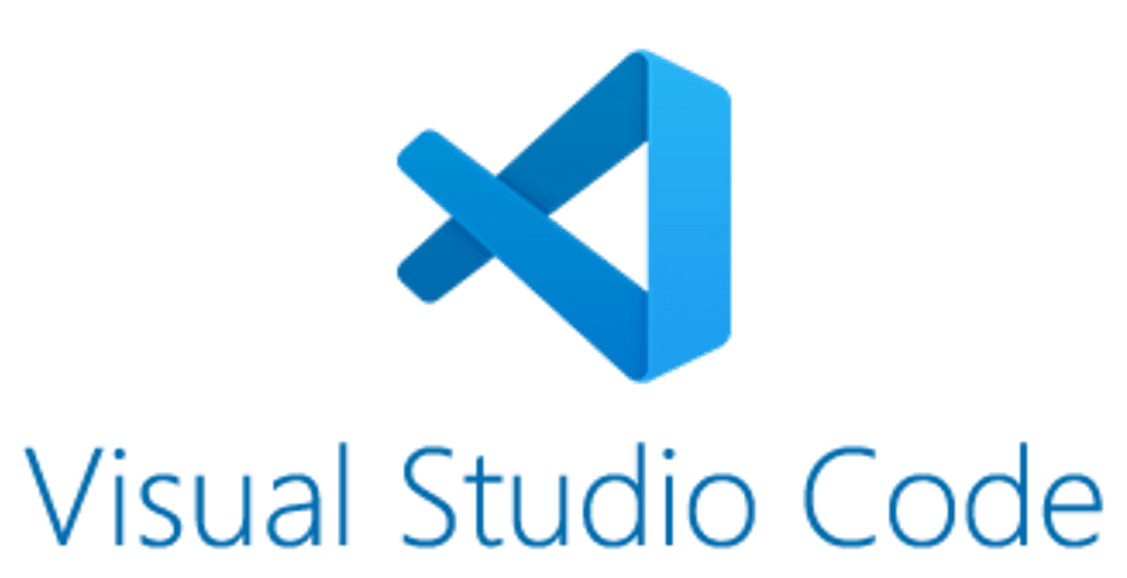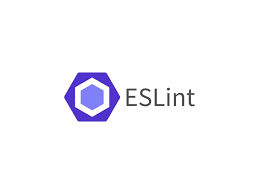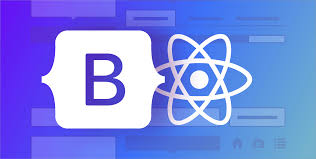A Journey Through Software Engineering
14 Dec 2024Reflect on Software Engineering
At the start of this course, I felt completely overwhelmed. There were so many tools and concepts I’d never encountered before, and I worried I wouldn’t be able to keep up. But as I worked through each challenge, I realized that learning is all about taking things step by step. By the end, I had built up not only my knowledge but also my confidence in tackling complex software projects.
This course went beyond just writing code—it introduced me to the tools and methods that make software development more efficient and manageable. While web development was a big focus, the lessons extended to all kinds of projects. Three key topics stood out to me: development environments, coding standards, and user interface (UI) frameworks. Each of these helped me understand how to create systems that are functional, professional, and scalable.

Development Environments: Setting Up for Success
A development environment is where software is written, tested, and debugged, and using the right tools makes all the difference. This course introduced me to Visual Studio Code (VSCode), an Integrated Development Environment (IDE) that became my go-to workspace. VSCode is much more than a text editor—it has built-in features for organizing code, spotting errors, and integrating with other tools like GitHub.
One of the most valuable features I used was GitHub Copilot, an AI assistant that provides real-time suggestions while coding. It helped me write code faster and learn new approaches by showing how to solve problems directly in the editor. For example, if I didn’t know how to start a specific function, Copilot could generate a useful template or even a complete solution.
VSCode also made it easy to manage projects of any size. With its support for extensions and tools like live previews, I could test and adjust my code quickly. The skills I learned in setting up and effectively using a development environment will be helpful in any future project, from web applications to larger software systems.

Coding Standards: Clean, Consistent, and Collaborative
Coding standards are the rules that developers follow to keep their code clean, consistent, and easy to read. At first, using a tool like ESLint felt like it was nitpicking over small details, such as how I named variables or arranged spaces. But as we worked on larger projects, I saw how important these standards were.
When you’re working with a team, having everyone write code in the same style ensures that the codebase stays organized. This consistency makes debugging and updating code much easier, especially in long-term projects. Even for solo developers, coding standards help you understand your own work when you return to it weeks or months later.
The impact of coding standards goes beyond web development. Whether I’m building mobile apps or AI models, writing clean and consistent code will make my projects more professional and maintainable. It’s one of the simplest yet most effective ways to reduce stress and avoid mistakes.

User Interface Frameworks: Building Functional and Flexible Designs
User interface (UI) frameworks are tools that make it easier to design and build the parts of software that users interact with, like buttons, menus, and forms. In this course, we worked with frameworks like Bootstrap and React, which made designing user interfaces faster and more efficient.
One of the most impressive things about UI frameworks is how they ensure designs work seamlessly on different devices. For example, Bootstrap automatically adjusts layouts to fit various screen sizes, so the same website looks great on a smartphone, tablet, or desktop. These frameworks also come with pre-built components that save time and allow developers to focus on functionality instead of starting from scratch.
What I learned about UI frameworks applies to more than just web development. Whether I’m creating a mobile app or a desktop program, the principles remain the same: build interfaces that are intuitive, consistent, and visually appealing. The ability to create adaptable designs is a skill I’ll use in many future projects.
Conclusion: Software Engineering for the Real World
This class was more than just an introduction to web development—it was a journey through the core tools and concepts of software engineering. Learning to use development environments effectively, following coding standards, and designing with UI frameworks gave me a strong foundation.
These skills will be invaluable for any project I take on, whether it’s a mobile app, a complex system, or something entirely new. Most importantly, this class taught me that with the right mindset and tools, there’s nothing to fear about tackling the unknown. Software engineering isn’t just about writing code—it’s about creating solutions that work, and I’m ready to take on that challenge.